New iPad 2018 vs Chromebook: Apple’s best chance is inventive apps
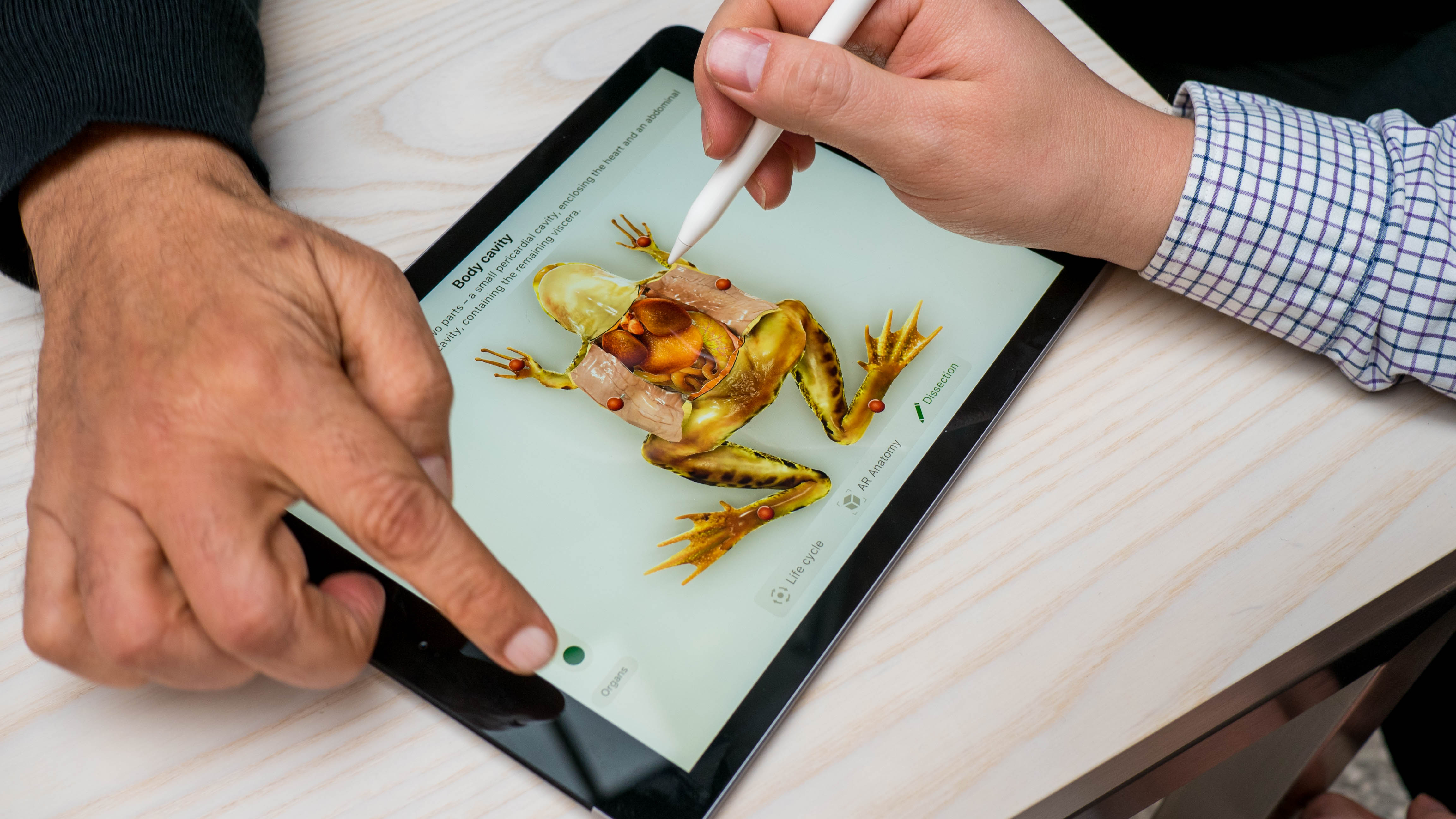
The new iPad 2018 is trying to slip back into classrooms right before the bell rings and students take out their clamshell Google Chromebooks. Apple wants another shot at proving that its technology is the most fun, effective way to learn in the ‘post-computer’ world.
That’s the idea behind the education-tailored sixth-generation iPad, which debuted at $299 for schools in the US or £306 in the UK, and $329 (£319, AU$469) for consumers. It makes sense for Apple’s long-term strategy. I grew up with an Macintosh in school in the late 80s and early 90s and, due to brand familiarity, bought a Mac Pro and MacBook (or three) as an adult.
Apple says it’s been in education for 40 years. Steve Jobs always cited kids using computers in schools as his favorite example of why these machines are not as scary as some believed back in the 80s.
“I think one one of the things you have to look at is you have to go watch some kids use these things,” Jobs said on Nightline in 1981. “As an example, 97% of the high school students that graduate from Minnesota have hands-on experience with these personal computers, learning how to use them.
“We call this computer literacy,” he said, fully emphasizing this new term. “They’re actually happening in the elementary schools now. And you watch kids interact with these computers, and what you find is far from something quite harmful. In effect, what you see is an instantaneous reflection of a part of themselves – the creative part of themselves – being expressed.”
Apple is attempting to echo this vision with a desire for ‘iPad literacy’ in 2018.
How Apple plans to do it: inventive apps
Here’s the rub for Apple: while I grew up with a Macintosh computer in school more than 25 years ago, my 12-year-old niece is now growing up with a Samsung Chromebook Plus.
Sign up for breaking news, reviews, opinion, top tech deals, and more.
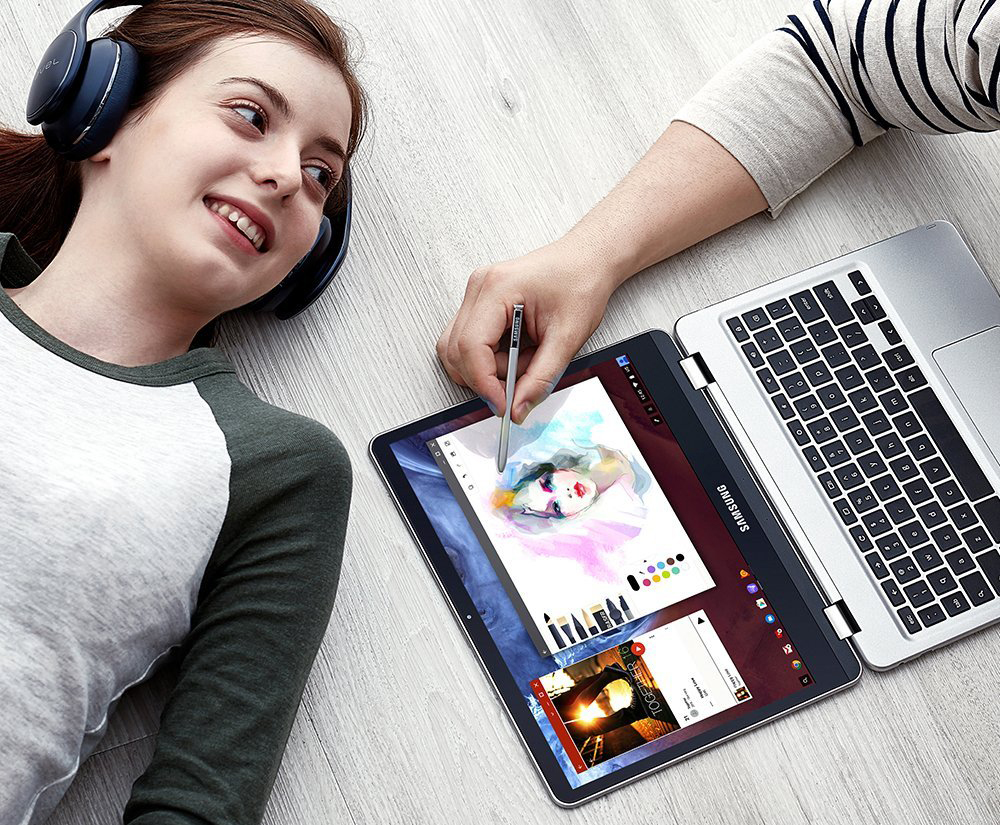
My sister, a second grade teacher in Pennsylvania, works at a school district that bought iPads one year only to de-service them and supply students with Chromebooks the next. This means the iPads aren’t updated or getting IT support, and no one wanted to store the iPad cart in their classroom, creating an interesting side effect which we’ll come onto later.
Apple has been attempting to reverse this situation for a few years, bringing the cost of the iPad down to combine more affordable hardware with school-friendly software. A strong suite of decent apps and a seamless ecosystem have always been Apple’s strong suit, especially on tablets, and we’re starting to see that again with constant upgrades to ARKit and ClassKit apps, which are either designed for, or compatible with, education from the tablet.
We tested out several iOS 11 apps that are attempting to make learning both entertaining and fulfilling, often using augmented reality (AR) or the compatible Apple Pencil, seeing whether the new slew of apps could offer a better learning experience than a pen and paper (spoiler: they did).
App demos
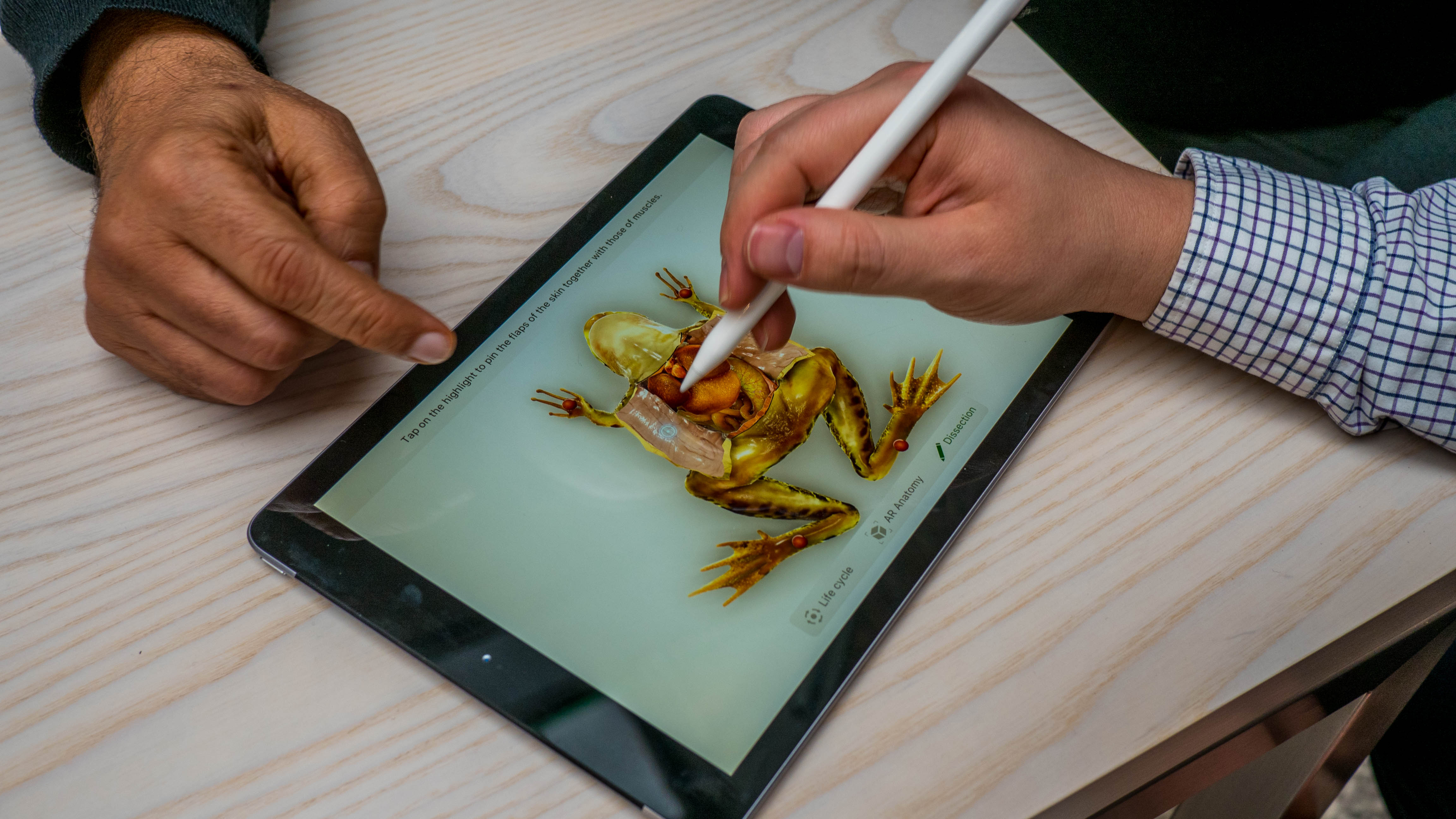
Froggipedia
Dissecting a dead frog is a gory, repulsive task – just ask any student who has had to do it for biology class. Slicing up green frogs with an Apple Pencil on an iPad, however, is a much cleaner and more ethical solution. This educational app, costing $3.99, also incorporates AR.
We were able to watch the (virtually) living frog from birth as a tadpole to a full-grown adulthood, and then inspect it on a table by moving around the iPad as if the frog was sitting right there. The neatest part was, while we were in AR mode, peaking at the various layers: skin, muscles, skeleton, organs, nervous system, circulatory system and digestive system.
The inside of a frog, it turns out, is a lot like the inside of the human body. This app, complete with a quiz at the end, was the best example we’ve seen of inventive learning via the new iPad.

WWF Free Rivers
The World Wildlife Fund has put together a free, interactive AR app that teaches students (and the general public) about the benefits and threats to free rivers. We’ve seen WWF’s infographic online and it’s informative, displaying similar data, but the AR on the iPad gives you a more immersive sense of how things like dams can affect agriculture and wildlife downstream.
It’s a great AR app for visual learners and a WWF rep told us that the free-flowing rivers app is only the first of many that could come from the organization. Bring on the virtual pandas.
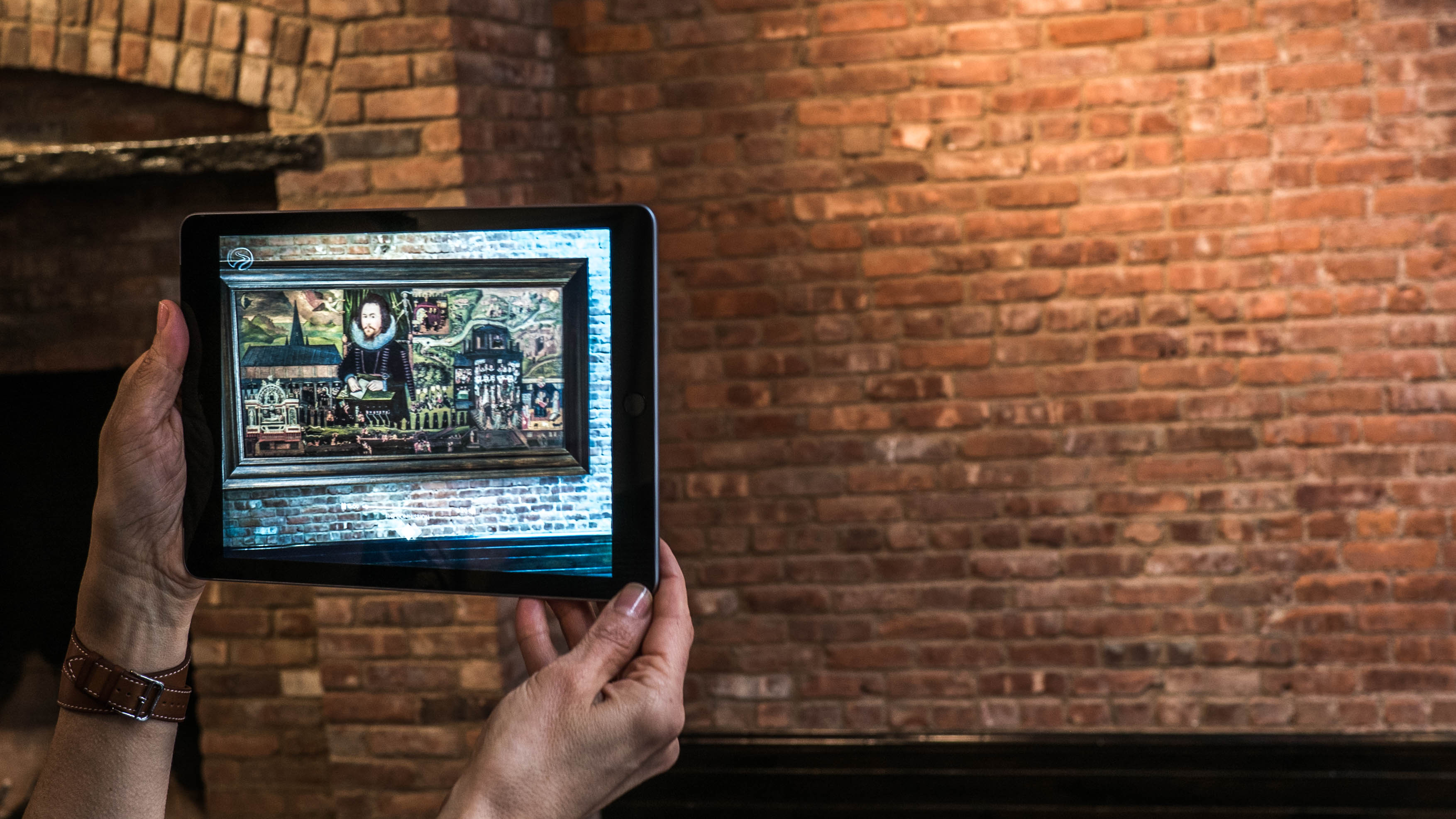
Boulevard Arts co-founder and CEO Elizabeth Reede wants to bring museum artwork to students with her augmented reality app Boulevard AR. It already harnesses Apple’s ARKit 1.5 update for improved mapping of its iconic paintings on irregular wall surfaces and increases the overall object resolution.
We saw the results in a 3D painting on a brick wall – through the new iPad 2018 running iOS 11.3. The detail was fine enough to notice the painting’s real-life imperfections, down to the exposed wood. It was true to the exhibit, as if you were visiting it in a museum gallery.
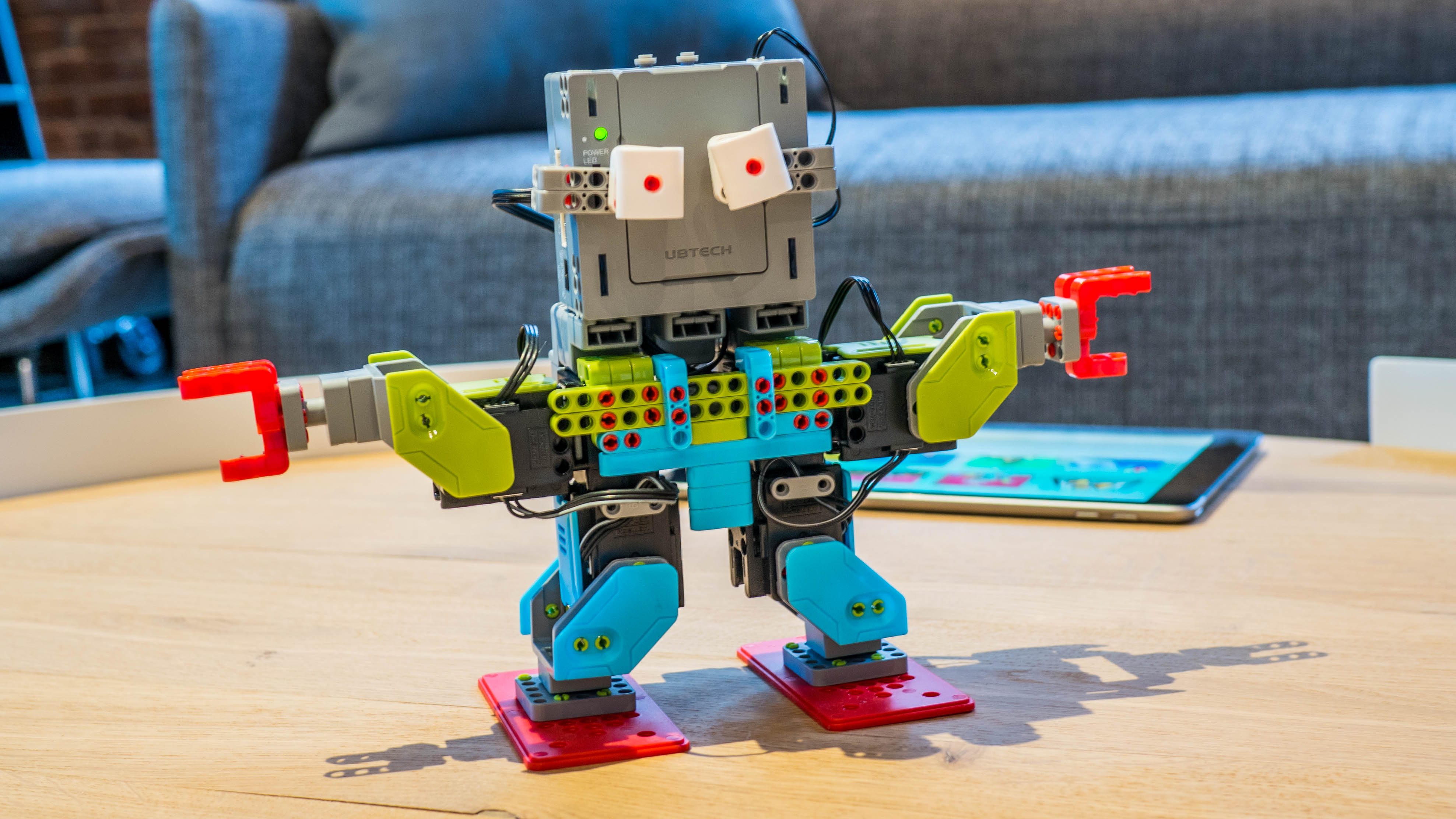
Swift Playgrounds
Learning languages is easier when you’re young, and embracing a new computing language is no different. That’s why Swift Playgrounds is important for its tween programmers demographic. It can make programming enjoyable with basic coding commands and graphically-rich video game-like outputs among its virtual lessons via the iPad.
Swift Playgrounds also lets you program third-party physical gadgets, like a drone or a robot. We saw the robot dance to Gangnam Style in time with Psy’s 2012 one-hit wonder. We were told it was coded in Swift by a non-programmer, to highlight how anyone could see the code take shape in a physical object.
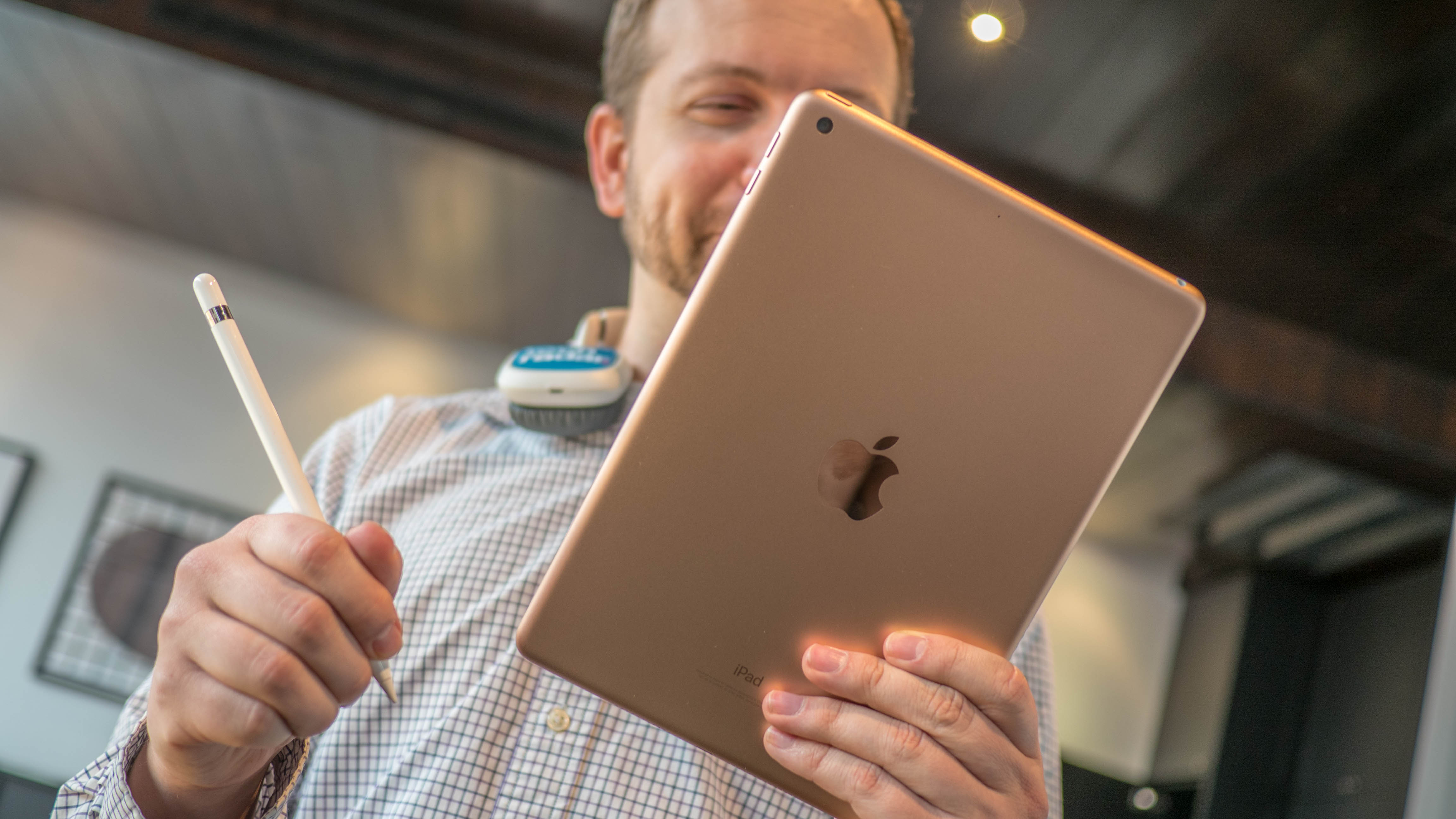
Smart Annotation and hand drawn equations
Smaller demos were dedicated to other education-focused apps and use cases. Smart Annotation in Pages brings back familiar red ink corrections right on your typed-out essay text via the Apple Pencil, but now you can amend the changes right in the same document.
MyScript Calculator is a great example of an existing app that’s perfect for the entry-level iPad 2018. You can handwrite equations with the Apple Pencil or with the touch of a finger and it’ll instantly turn the math problem into text and solve it. There’s no button pressing to compute lengthy equations here.
Can the new iPad really catch up to Chromebook?
Apple’s new iPad could be its comeback story in my sister’s second grade class and ones like it. Today’s education-focused iOS apps make do make us wish we were still a kid in school, with more immersive ways to learn.
However, with Chromebooks being used by over 25 million students and teachers for education globally, according to Google, and an astounding six-year growth streak in the US where it is now supplying 58% of devices to primary and secondary schools in 2016, according to the New York Times, it’s going to be tough turnaround effort for Apple.
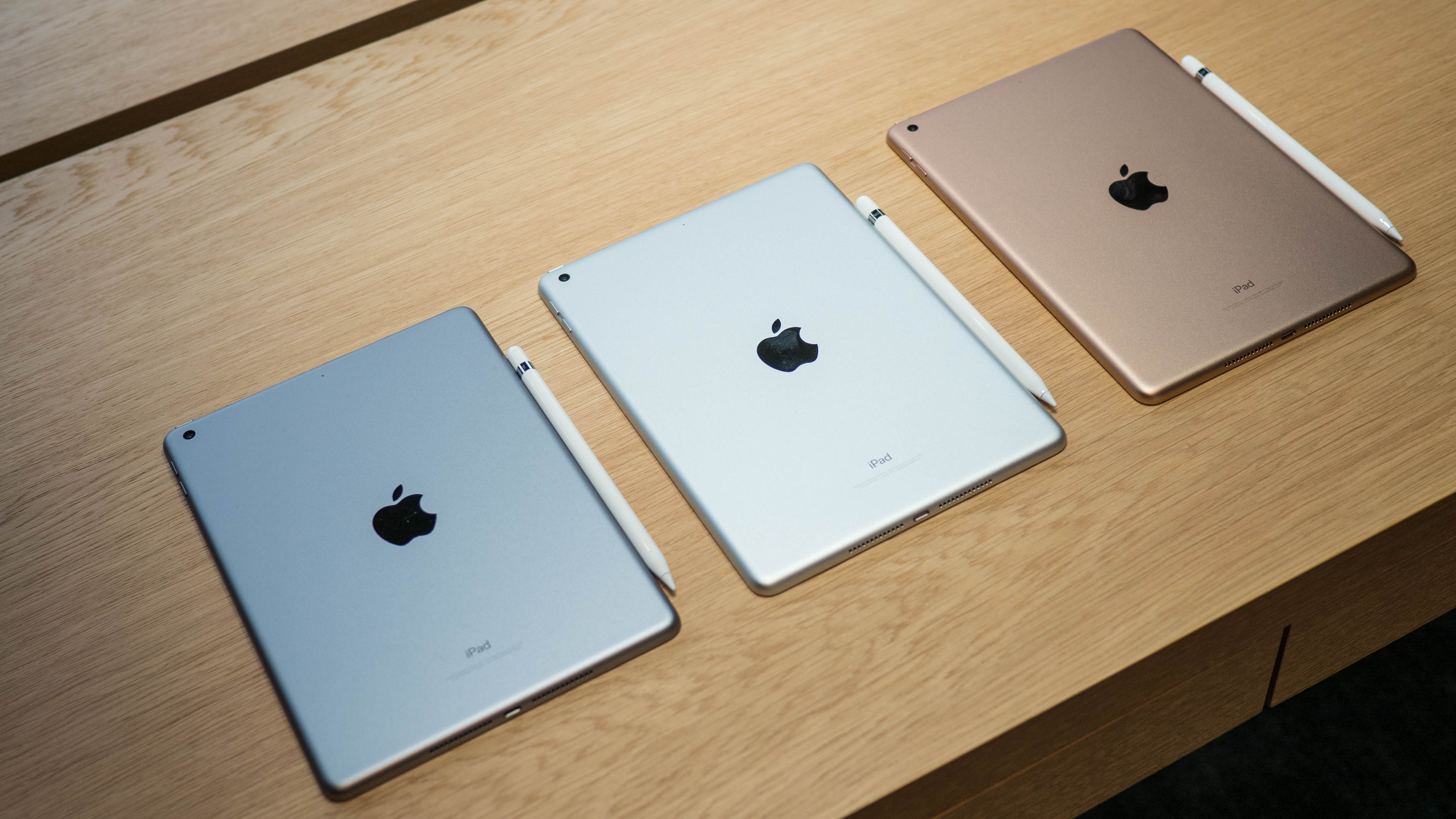
In the same year, iPad and Mac shipments to schools fell to 19% (down from 25% in 2015), so it shows Apple needs make up a lot of ground in the scholastic space.
Cheaper prices are where Google has been winning, and that’s likely to continue. Schools we talked to are paying an estimated $230 (about £163, AU$298) for Chromebooks with a warranty and G Suite Administrator included. It’s also easier for their students to type out an essay with the included keyboard on any Chromebook.
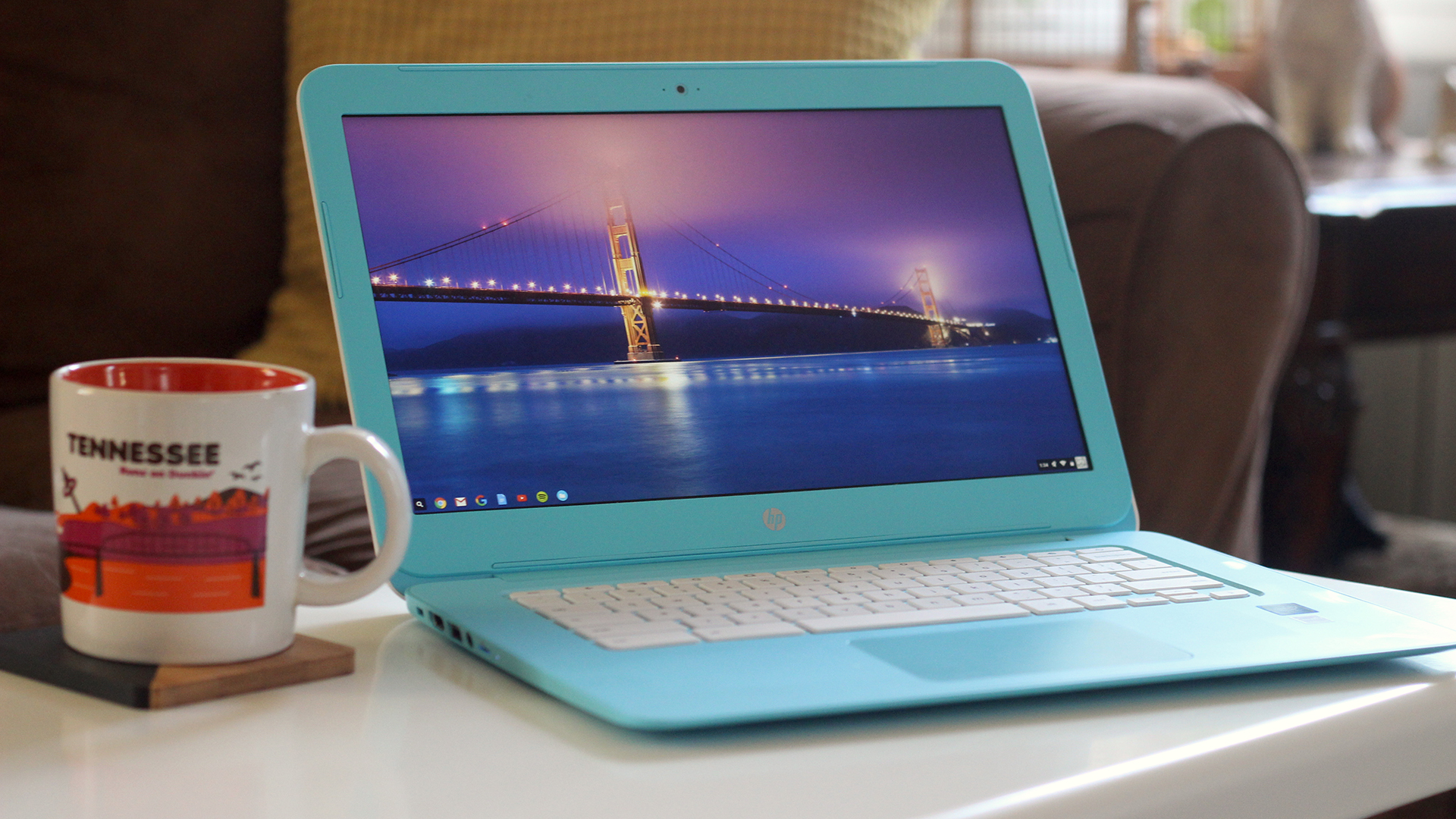
Apple’s can’t win on price or volume; it’s known for premium hardware, and the new iPad 2018 doesn’t close the price gap completely at $299 and £306.
It also doesn’t come with an Apple Pencil or the new Logitech Crayon stylus, and it doesn’t work with the iPad Pro-exclusive Smart Keyboard Cover, just a Bluetooth keyboard. All of those cost extra, making it an even tougher sell to school districts.
The new iPad price is a great value for individual consumers, but for schools buying in bulk with the desire for a 1:1 device-to-student attachment rate, the it can’t compete.
By not making a cheaper iPad or a simpler bundle with accessories included, a small discount isn’t going to be what convinces IT managers, beholden to increasingly stricter school district budgets, to embark on Apple’s iPad-equivalent of the Mac ‘Switch’ campaign.
Instead, it needs to do that on experience - the same way it pushes the premium iPhone over cheaper Android devices.
Classroom software and familiarity of it really matters
Google is winning on little more than just price – it’s the management tools and the experience with them, too. Google’s organization software has won high praise from educators, enough to give Apple’s Classroom 2.0 competition.
What I mean here is that nobody loves a Chromebook but they love the organisational result a Chromebook can get you access to. Chromebooks are generally quite unpleasant low-quality, slow, plasticky machines. https://t.co/BjVQFtHxqaApril 1, 2018
Chromebook-tailored services like GoGuardian let teachers block access to certain sites, like Netflix, and guide specific, struggling students to the right place. They can pull up each student’s browsing history to show parents where their son or daughter has spent their class time.
Teachers also like Clever, a platform that can provide easy one-account-login information via a QR code given to each student. That’s a big deal when it used to take an entire class period just to log everyone onto a specific site. Now it’s all instantaneous. That means more time to learn.
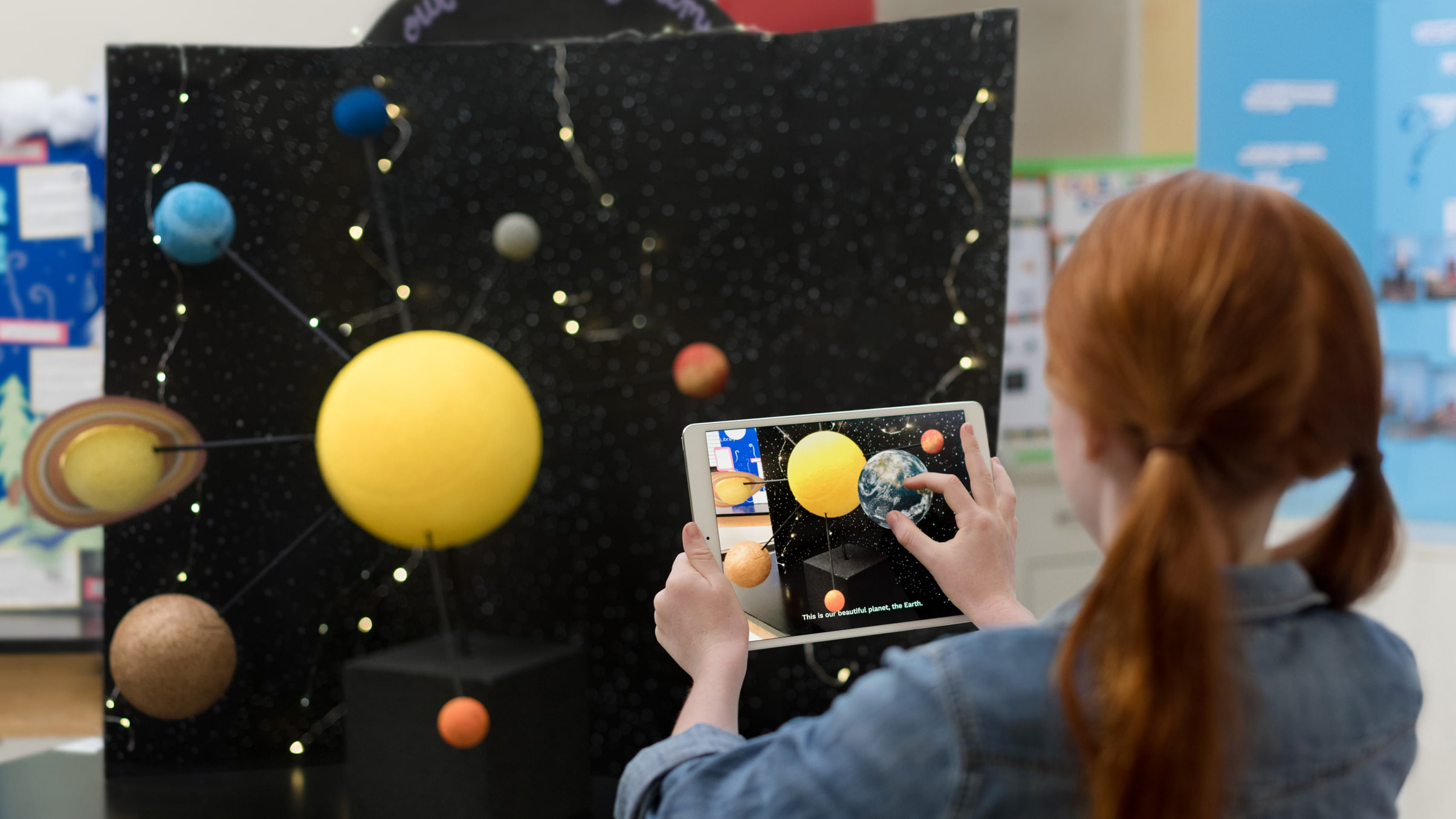
Apple’s Classroom 2.0 has the potential to compete with these tools and even offer better integration where Chromebooks often rely on a hodgepodge of third-party software services.
But the teachers and IT managers we talked to don’t always know about them. That’s a big problem. Google reps actively visit schools, so Apple needs to attack this with the same overachiever ferocity as Google through its existing Apple Distinguished Educators Program.
It needs to show that the iPad is a worthwhile investment for educators – that spending more will yield a far more effective learning experience, showing how its tightly-integrated first-party software and 200,000 third-party apps are an advantage.
Launching the new iPad in a school located in the heart of Chicago to make it synonymous with education is a start, but apart from polishing a few of its education apps, there’s not really a new scheme from Apple to entice schools to purchase.
It’ll be interesting to see if Apple goes bigger on the marketing of the scholastic apps in its famed App Store, bringing them to the fore in a way that teachers can truly understand how they can benefit lessons and enhance students’ understanding of the curriculum.
The iPad as a reward
There’s another strand at play here that could work well for Apple in the classroom. What’s interesting is that the de-serviced iPad cart sitting in my sister’s classroom, the one that went unwanted by other teachers, serves as her secret motivational tool.
If a student gets all of their work done, they can grab an iPad and download a game. It’s a reward and, to these kids, the iPad is seen as a ‘really cool device.’ Apple is still popular, even if it doesn’t have the same place in the classroom that it had intended.
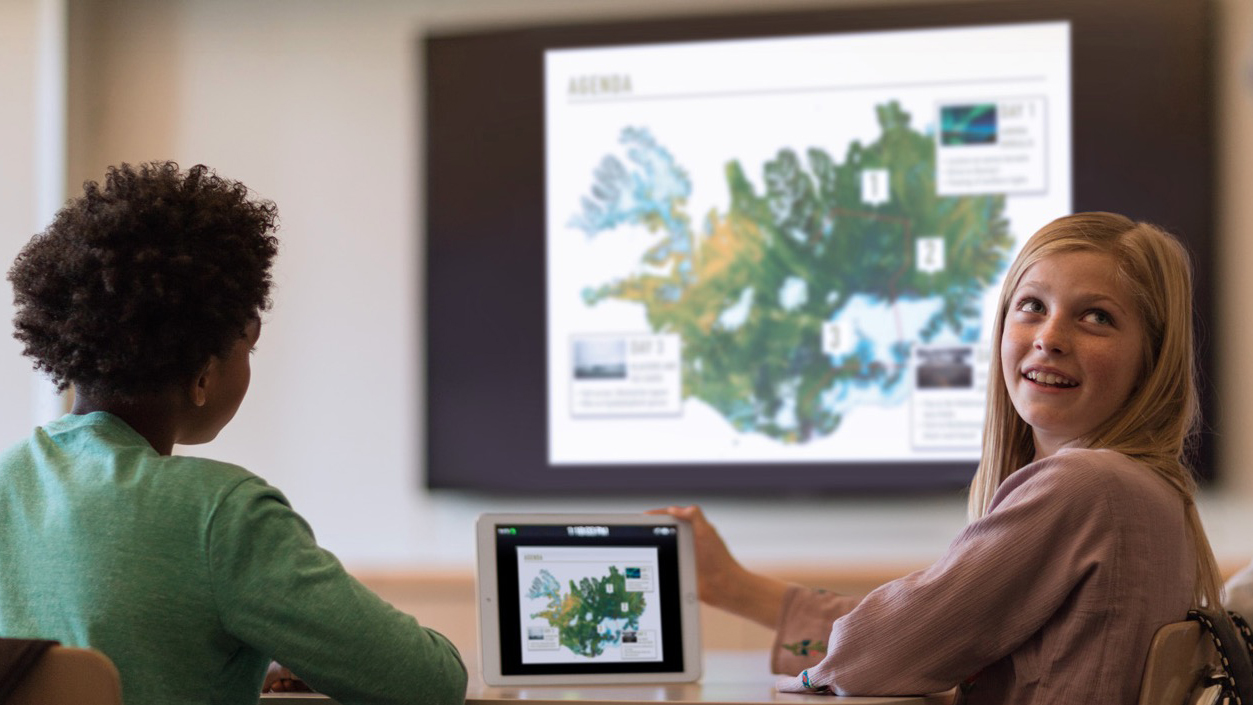
Apple and Google, at the end of the (school) day, are trying to empower students and teachers with accessible technology and immersive software. It’s a balancing act they’re tackling in different ways.
Google has earned its place in today’s classroom through affordable laptop-styled hardware and easy-to-manage software. Chromebooks aren’t the fastest, but come with everything teachers need to get a child started.
Apple, however, is clearly envisioning tomorrow’s classroom using AR and apps designed around a stylus. iPads are expensive even with discounts in place, but more powerful learning tools.
Of course, Google can easily swoop in and do the same thing thanks to its volume, price, and easy-to-use software already known by millions of teachers and students. But it hasn’t yet. So far, there are only two Chrome OS tablet (from Acer and a 2-in-1 from HP) and Google’s ARCore vision hasn’t been fully realized.
For Apple, the new iPad 2018 and its renewed push for education apps offer the best chance for that Jobs-inspired ‘iPad literacy’ and creating future Mac owners – if it can convince schools to favor inventive apps over inexpensive hardware.
